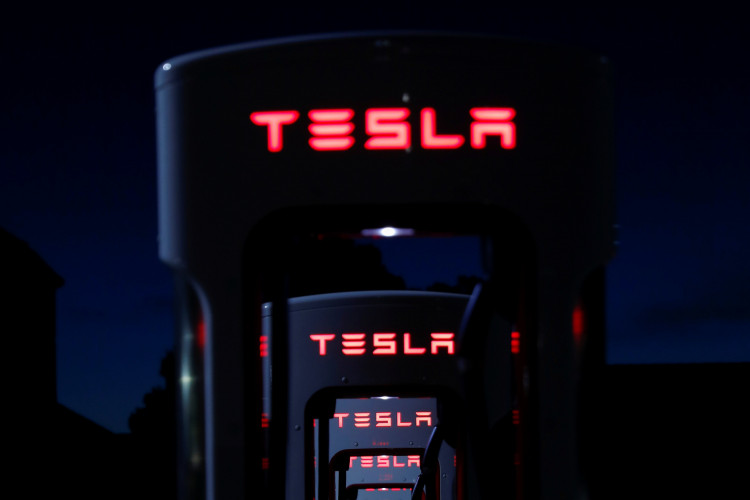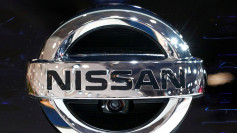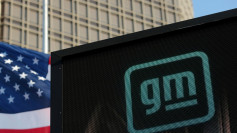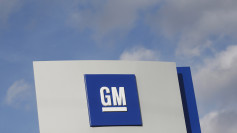Autopilot or driverless navigation is among the banner functionalities of Tesla car models but the blame is now being pinned on the same feature, which supposedly caused accidents and death. A new lawsuit has identified the 2017 Model X as the culprit in the untimely the death of an Apple engineer, whose car slammed into a road barrier while autopilot was on.
Driver Walter Huang was behind the wheel of the Model X on March 2018 and was cruising on a Mountain View, California highway. Huang, the lawsuit claimed, had Autopilot activated at that time when the smart feature ran into an error. As a result, the vehicle swerved off the road while at speed of 70mph before hitting a concrete divider.
The impact of the crash, the suit added, ruptured the car battery and the vehicle burst into flames, killing Huang. His family is blaming Tesla for the tragedy, and according to Fortune, this is not the first case that puts into question Tesla cars' safety and smart features.
Two days prior to the filing of the Huang case, another driver in California claimed in a separate suit that Tesla's autonomous driving technology suffered a glitch, this time on a Model S variant. The case highlighted purported malfunctions on the car's auto-steering and braking that led to the driver losing control and hitting, again a road barrier.
Fortunately, the crash was not fatal but driver stated in the case that he was "nearly killed," the same report added.
In the first complaint filing, Huang's legal representative accused Tesla of negligence and carelessness "n their design, manufacture, testing, marketing, sale, and maintenance of the 2017 Tesla Model X."
"Defendants were negligent and careless in failing and omitting to provide adequate instructions and warnings to protect against injuries occurring as a result of vehicle malfunction and the absence of an effective automatic emergency braking system," the Huang suit was reported by CNET as saying.
The lawsuit likewise implicated the State of California for its failure to fix a crash attenuator that would have cushioned the car crash. Authorities said the safety barrier was damaged in a collision that occurred days before Huang's accident.
For its part, Tesla has maintained that Autopilot's deployment on vehicles sold by the company "unequivocally makes the world safer for the vehicle occupants, pedestrians and cyclists." The company CEO, Elon Musk, also hinted in a blog that fault did not rest entirely on the vehicle that Huang was driving.
"The driver had received several visual and one audible hands-on warning earlier in the drive and the driver's hands were not detected on the wheel for six seconds prior to the collision," the blog by Musk read.
The company has reiterated that Tesla vehicles' Autopilot functionalities will be advanced further and car models will inevitably roll out with full self-driving capabilities. Tesla, however, has made clear that for added safety, drivers need to keep their hands on the steering wheel more often and to remain in full attention even when Autopilot is engaged.





